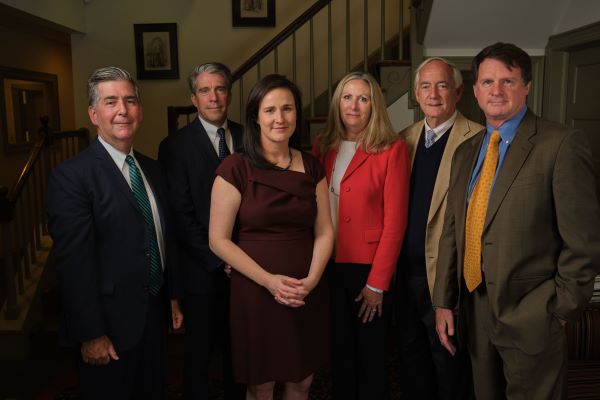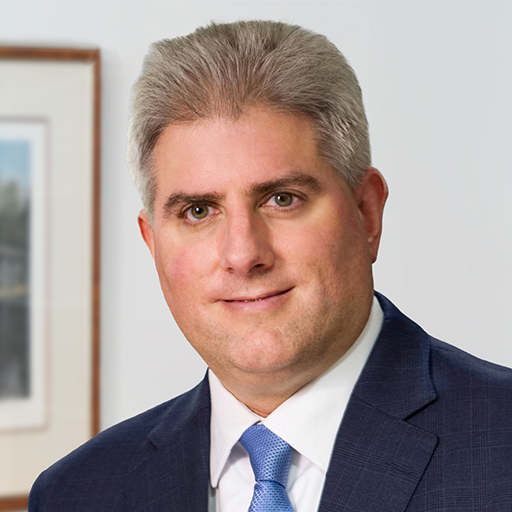Do you want to pay more taxes than you have to? Not many Americans would answer “yes” to that question. To minimize taxes, many people search for the perfect estate planning tool that will allow them to control as much of their money and property as possible while reducing the amount they or their loved ones will have to pay the government. If you have investigated tax-saving estate planning tools, you may have come across the Spousal Lifetime Access Trust (SLAT). Here are a few key details to consider before you decide on this tool as an appropriate estate planning solution for you:
What is a Spousal Lifetime Access Trust?
A SLAT is a type of irrevocable trust created by one spouse (the “Grantor” spouse) for the benefit of the other spouse (the “Beneficiary” spouse) that is used to transfer money and property out of the Grantor spouse’s estate. This strategy allows married couples to take advantage of their lifetime gift and estate tax exclusion amounts by having the Grantor spouse make sizable, permanent gifts to the SLAT that decrease the value of their estate while maintaining limited access to the money and property that is gifted for the Beneficiary spouse’s benefit.
How does it work?
First, the Grantor spouse gifts money or property (of which they are the sole owner) to the SLAT for the benefit of the Beneficiary spouse and, if desired, other beneficiaries such as children or grandchildren. The Grantor spouse then reports the gift on a gift tax return – IRS Form 709. The Beneficiary spouse can then receive distributions from the SLAT, from which the Grantor spouse may also indirectly benefit. Upon the death of the Beneficiary spouse, the SLAT’s assets are transferred to the remaining trust beneficiaries (usually children and/or grandchildren of the couple), either outright or in further trust as desired by the Grantor spouse.
What are the pros and cons?
SLATs offer several advantages to those looking to minimize the value of their estate:
- Not only is the value of the property that is gifted to a SLAT removed from the Grantor spouse’s taxable estate, but all future appreciation is also removed from the estate. The trust property is also excluded from the Beneficiary spouse’s taxable estate, even though the Beneficiary spouse may receive distributions from the SLAT during their life.
- SLATs are typically structured as “grantor trusts,” meaning that all the trust’s taxable income is taxed to the Grantor spouse, further reducing the Grantor spouse’s taxable estate. Further, no separate trust income tax return will be required for the SLAT while the Grantor spouse is living. However, if the SLAT is not structured as a grantor trust, then a separate trust income tax return will be required.
- SLATs provide a way to “have your cake and eat it too.” While spouses may be concerned about losing control over the money and property that is gifted to the SLAT and whether that property will be needed in the future, a SLAT can address this uncertainty by allowing the Grantor spouse indirect access to the property through the Beneficiary spouse.
Some potential drawbacks to using a SLAT are as follows:
- Gifts made to a SLAT are final and cannot be undone.
- If the Beneficiary spouse dies before the Grantor spouse, the Grantor spouse loses all access to the money and property that was gifted to the SLAT. This would also be the case if the couple were to divorce, however, the Grantor could potentially regain indirect access to the SLAT’s assets by remarrying.
- The property gifted to a SLAT will not receive a step-up in cost basis at the death of the Grantor spouse. This disadvantage could be minimized by including a trust provision that allows the Grantor spouse to “swap” trust property, thereby allowing the Grantor spouse the ability to substitute low-basis property with high-basis property or cash of equal value.
- Spouses looking to create SLATs for each other to utilize each spouse’s full exemption amount will need to be careful not run afoul of the “reciprocal trust doctrine.” This doctrine is applied when trusts are interrelated and taken together, create an arrangement of mutual value that leaves the grantors in approximately the same economic position as they would have been in had each created a trust naming themselves as life beneficiaries. If the IRS interprets the two trusts as being substantially similar, it can undo the trusts and include the trust property in the spouses’ taxable estates, thus defeating the purpose of creating the SLAT. This issue can be avoided by creating the SLATs at different times, using different trustees, choosing different beneficiaries, or providing for different terms for distributions. Given the complexity and tax implications, it is highly recommended that you consult an experienced estate planning attorney.
Why are people talking about SLATs so much?
In 2022, the Federal gift and estate tax exemption amount is $12.06 million for individuals and $24.12 million for married couples, and, in 2023, these numbers will increase to $12.92 million per individual and $25.84 million for married couples – a historically high amount. However, under current law, this amount is slated to shrink to $5 million (adjusted for inflation) on January 1, 2026. This decrease in the exemption amount could happen even sooner if Congress acts to change it. Because the law could change at any time, the window of opportunity to take advantage of this estate planning technique is very narrow.
In addition, in 2022 and 2023, the Maryland estate tax applies to estates valued over $5 million. The Maryland estate tax rate starts at 0.8% and tops out at 16%. For 2022, the District of Columbia estate tax applies to estates valued over $4,254,800 (this number is scheduled to increase to $4,528,800 for 2023). The District of Columbia estate tax rate ranges from 11.8% to a maximum of 16%.
How MM&C Estate Planning Attorneys Can Help
We can help talk you through the pros and cons of using a SLAT and whether this technique makes sense for your situation.
Schedule a Meeting
Let us help you choose the best course of action to update your estate plan. We are more than happy to meet with you by phone, video conference, or in-person.
David Lucas is an attorney in the Estates & Trusts practice groups at Miller, Miller & Canby, licensed to practice in Maryland and the District of Columbia. He focuses his practice in Estate Planning and Trust and Estate Administration. He provides extensive estate and legacy planning, asset protection planning, and retirement planning. Contact David at 301.762.5212 or via email. To learn more about Miller, Miller & Canby’s Estates & Trusts practice click here.








Share this Article: